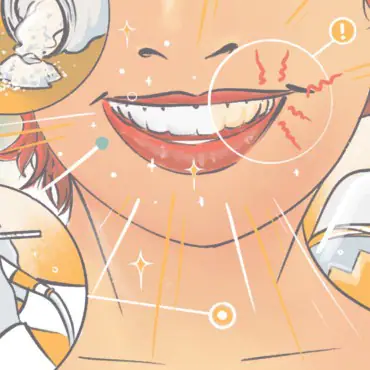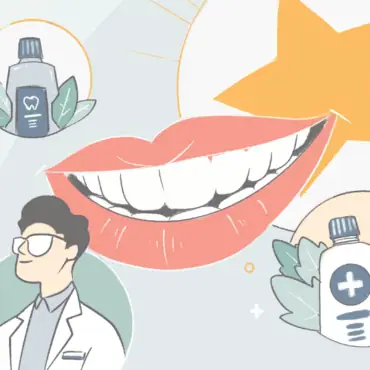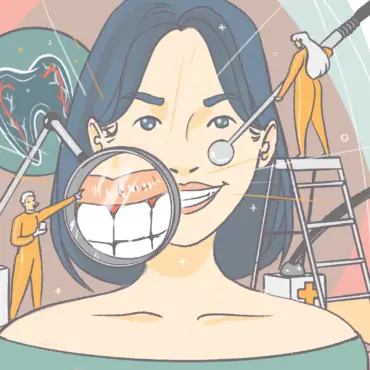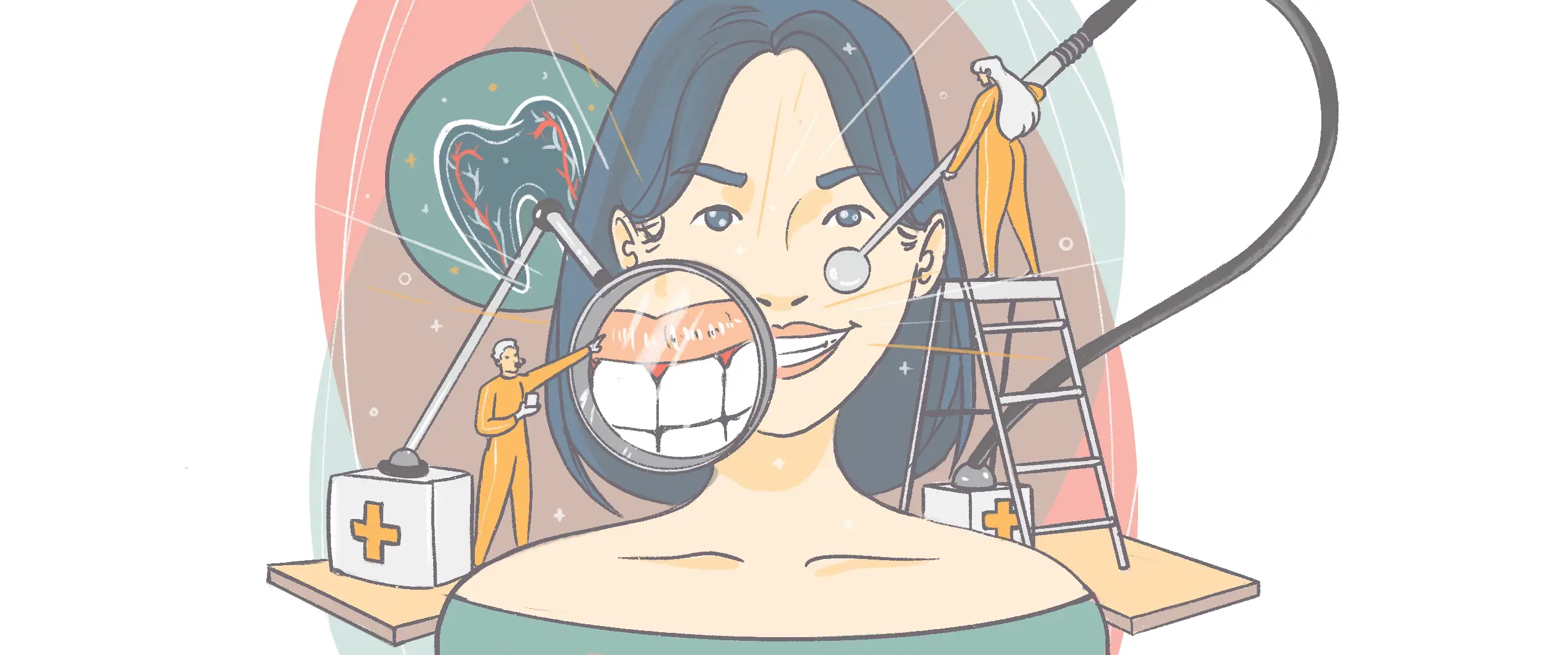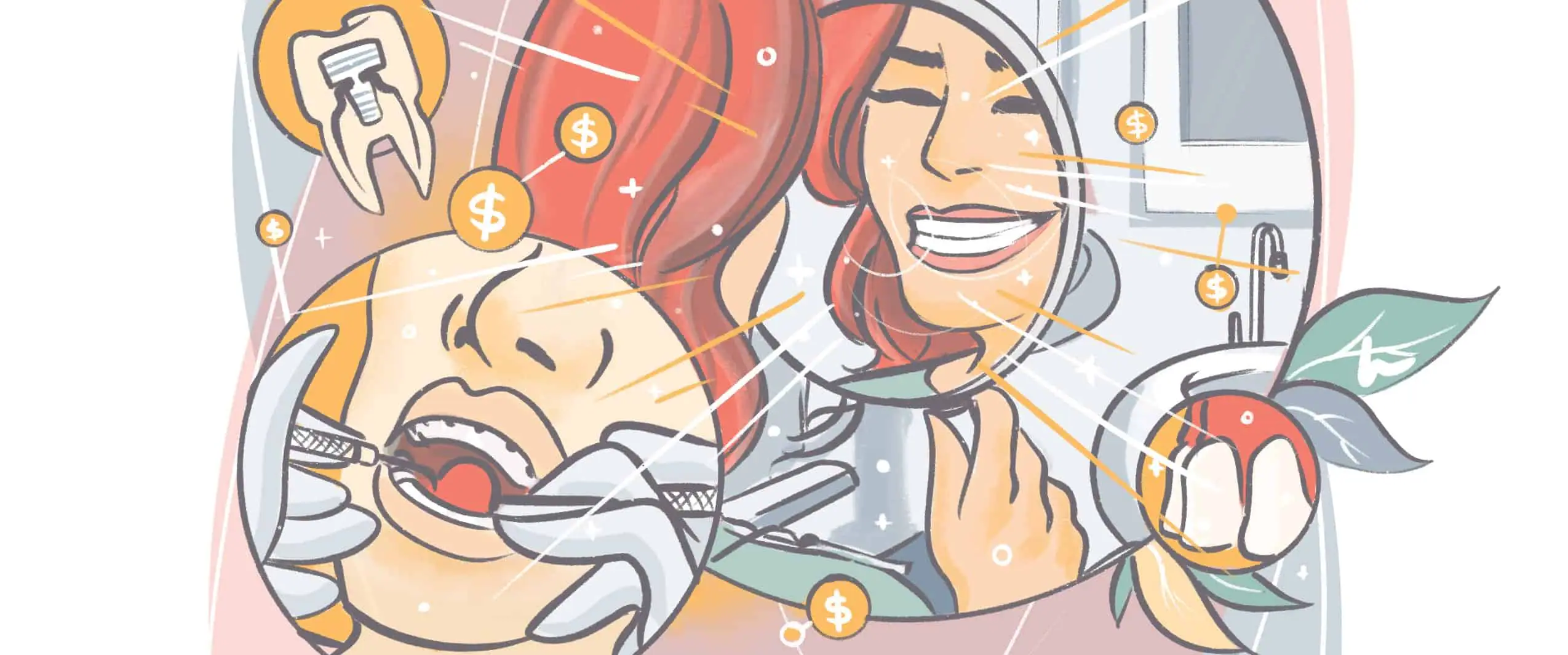JUMP TO: Causes / Types of Cracked Teeth / Symptoms / Diagnosis / Treatment / Cost / Book a dentist to help treat cracked teeth
Are you experiencing cracks in your teeth? There’s no question. Having a crack in your tooth can hurt and can also affect how you chew and eat. But don’t despair! There are treatments available that aren’t as monumental as you may expect. Check out these causes, symptoms, and treatment options for cracked or chipped teeth.
What causes a cracked or chipped tooth?
According to one report, cracked teeth contribute to an estimated 33% of tooth loss in the general population. A number of factors that contribute to a chipped tooth. Understanding these can minimize your own risk.
- Teeth grinding is a common cause. The grinding causes pressure on the teeth, which can cause one or more teeth to crack or chip.
- When a patient bites on hard candy, ice, or even nuts, it may create a risk of chipping a tooth.
- Aging seems to play a role too. Teeth tend to weaken with age, which is why chipped teeth are more common in elderly patients.
- If a patient suffers impact to the mouth, such as when they fall, there is a risk of a tooth chipping or cracking.
- Large fillings that are placed in teeth creates a risk too; fillings can damage a tooth’s integrity.
- In some cases, sudden temperature change in the mouth can also lead to an increased risk.
One study found that mandibular molars are most likely to crack, with 48% of cracks reported in these teeth. The study reports that maxillary molars are next in line among most commonly cracked teeth, followed by maxillary premolars and mandibular premolars.
What are the types of cracked teeth?
Cracked teeth are usually classified into different types. This helps a dentist determine what the most appropriate treatment options would be and whether the tooth rather needs extraction.
- Fractured cusp: When a patient has a filling in their tooth, they may experience a fractured cusp. The crack develops around the filling.
- Craze lines: A common type of crack that appears only in the enamel of a tooth. These cracks are exceptionally small in size. They usually run vertically across the whole tooth and can be hard to see unless close up.
- Split tooth: The crack will start at the surface of a tooth and extend to the lower part, usually below the patient’s gumline.
- Cracked to the gum line: A severe crack that can cause tooth loss. A vertical crack can be observed on the tooth. It may extend below the gum line.
- Vertical root fracture: A type of crack that often requires extraction. The crack starts at the bottom of the tooth and then starts to extend upward. It is typically painful and sensitive, unlike craze lines.
What are symptoms of cracked teeth?
Visible cracks in a tooth are an obvious potential symptom. You may be able to see a crack on the tooth, or you might find a piece of your tooth has chipped off. There are, however, other symptoms you should note.
Sign up for our newsletter.
Just let us know a bit about yourself.
- Pain is a common symptom associated with a cracked or chipped tooth. And pain may be more severe when you chew.
- There may be a sensitivity toward food that is hot or cold.
- Sensitivity to sweet food and candy.
- There may be swelling in the gums, which could affect the area surrounding a chipped tooth.
How is a cracked tooth diagnosed?
You can see a dentist who will need to consider a few factors to help diagnose a chipped or cracked tooth. X-rays may be taken.
An examination can help the dentist identify cracks that are visible. A dental dye may also be used to enhance the visibility of cracks.
Treatment for cracked teeth
There are a few treatment options. A dentist may recommend no immediate treatment if the crack is very small and only affecting the enamel. In severe cases, an extraction may be advisable.
Due for a checkup?
Find a top rated dentist near you that takes your insurance.
For cracks that need treatment, but are not severe enough for extracting, bonding may be advised. A crown can be used to cap a broken tooth. It can also be useful when a tooth chips off at the gum line. When teeth chipping is associated with infection, your dentist may want to perform a root canal. (Sorry.) And if you have cracked tooth syndrome, you may require more advanced treatment to help address gum disease and other related dental problems.
How much does it cost to fix a cracked tooth?
The cost of fixing a cracked tooth depends on a few factors. The severity of the crack will have a significant impact on the costs associated with treatment.
During a dentist appointment, a thorough inspection is needed. Your dentist can determine how serious the chip or crack is and then suggest appropriate treatment.
If the chip is not serious, polishing may be suggested. This will usually cost $100 to $200. In cases where there is a more serious chip, fillings may be needed. The cost of fillings will be more than $200 in the majority of cases.
Final thoughts
A cracked tooth can cause pain and discomfort, so when you have one, you should have it looked at. Don’t know where to start? You can search for a dentist near you on business directories, then compare the professionals in the local area. This will allow you to find a dentist that has experience doing this. Good luck!


